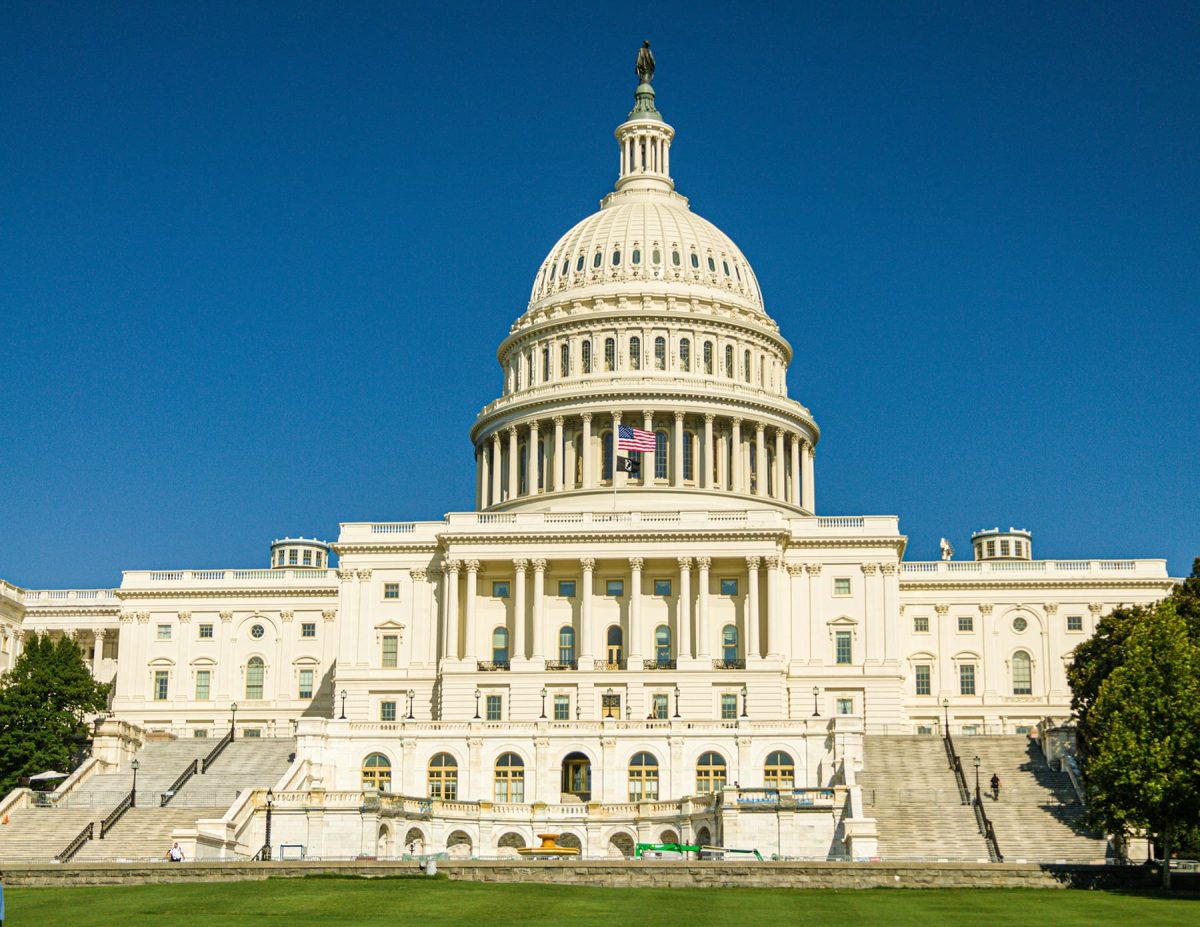
Insights
December 5, 2024
Protect Yourself by Freezing Your Credit: Here’s How
In Cybersecurity, Financial Planning

2024 has unfortunately seen a continued trend of large data breaches being reported month after month. These breaches can leave us all feeling vulnerable, as so many of the organizations we routinely deal with store our Social Security numbers, dates of birth, addresses, and other sensitive data. In Washington alone, two instances were reported in 2024 in which private information on over one million residents was stolen (called “mega breaches”) — one at Comcast and one at the Fred Hutchinson Cancer Center. The attack at the Hutchinson Cancer Center was particularly severe, as patients received threatening calls and emails where fraudsters threatened to release their sensitive data unless they paid a ransom.
There are some steps consumers can take to protect themselves, but before we discuss these tools, remember that the most common line of attack for a criminal or fraudster is often the small-scale attack over email. The most important defense from these email attacks is common sense. Always ignore email attachments from strangers, be skeptical of links included in emails, never share access codes sent as part of dual factor authentication, do not be fooled by “urgent” messages, and do not give your bank’s routing number to princes (or princesses) from far-off lands. You can read more about Coldstream’s general cybersecurity tips here.
Freezing Your Credit
Before we go over the steps to freeze your credit, it’s important to take the first step to protect your credit, which is to review your credit report to make sure there is no unfamiliar activity. The Federal Trade Commission hosts the website annualcreditreport.com, which provides consumers access to all three of their credit reports each year (Experian, Equifax, and TransUnion) at no charge. Best practice is to review your credit report at least annually and report any errors.
Once you have verified there is no fraudulent activity on your credit, the next most important step an individual can take these days is to freeze their credit with each of the three major reporting agencies. A credit freeze will prevent any lender from opening a new line of credit under your Social Security number. TransUnion provides a great definition of a credit freeze in their FAQ:
“A credit freeze, also known as a security freeze, can be added to your credit file to prevent all third parties, such as credit lenders or other companies, whose use is not exempt under law, from accessing your credit file without your consent… If you have a freeze, you must remove or temporarily lift it to apply for credit. You can add, temporarily lift, and remove credit freezes online… It’s free to add, temporarily lift, and remove a freeze.” (Source: Transunion)
In plain English, this means that freezing your credit makes it a little more difficult for you to get new lines of credit (because you must request the removal of the freeze) and makes it virtually impossible for someone else to open a line of credit in your name.
You can freeze and unfreeze your credit with each agency at the following locations:
- Equifax – https://www.equifax.com/personal/credit-report-services/
- Experian – https://www.experian.com/help/credit-freeze/
- TransUnion – https://freeze.transunion.com
Each agency has a slightly different process to freeze and unfreeze things and it can take up to ten minutes to go through each. There is no cost to freeze your credit at any of these agencies, and it will not affect your credit score.
There is no perfect defense against the theft of important data. We pride ourselves in the steps we take to protect our clients’ personal information here at Coldstream and strive to provide our clients with guidance on securing their data. You can learn more about what Coldstream does to protect your data and assets here.
Please reach out to your Wealth Advisor if you would like help reviewing your report and/or freezing your credit.
*All of Coldstream’s staff shall attain the required licenses and designations necessary for his/her position. Certified Financial Planner Board of Standards Inc. owns the certification marks CFP® and Certified Financial Planner™ in the U.S.
Related Articles

July 14, 2025
Empowered Together: Navigating Disability with Confidence and Compassion


July 9, 2025
The “One Big Beautiful Bill”: Key Tax Provisions



July 7, 2025
The Professional Trustee: A Key to Secure and Sound Estate Management
